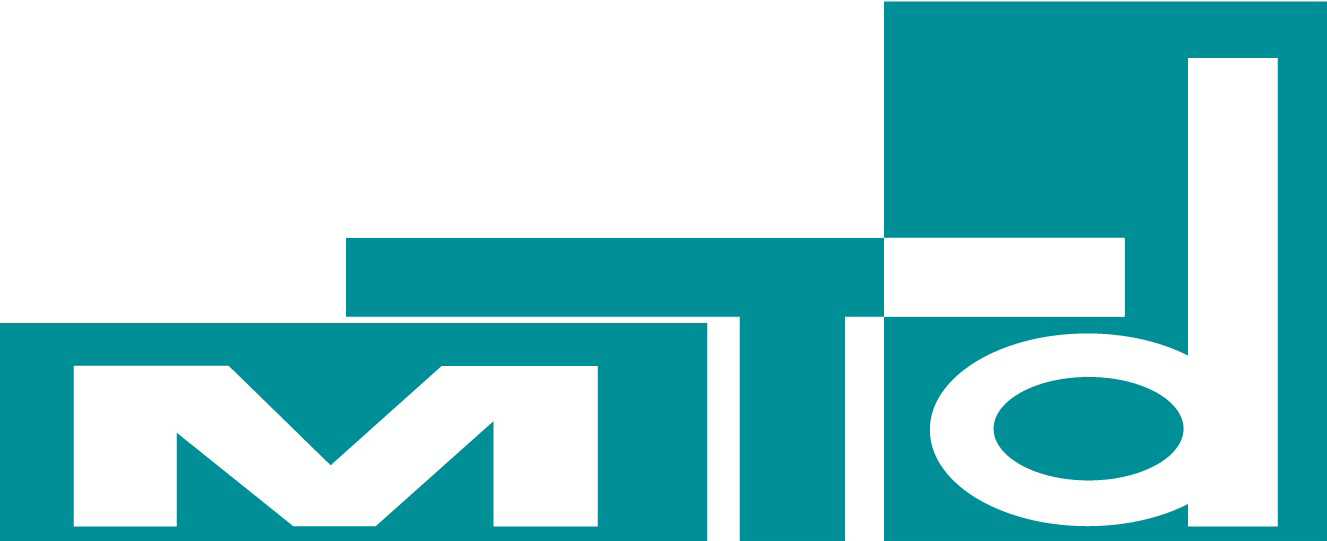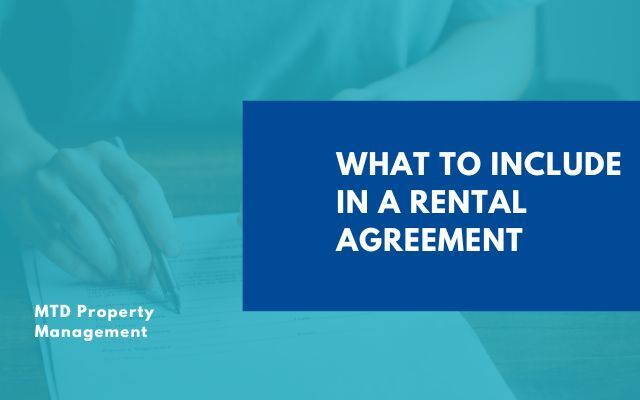
Before letting a tenant move into your rental property, it is your responsibility to ensure that a solid lease agreement is in place. A clear lease or rental agreement should include the rules and regulations that both landlords and tenants must comply with. The tenants and landlord should agree to follow the terms and conditions stipulated in the lease to maintain a healthy and professional relationship.
A rental agreement is a legal contract that discloses important details. For instance, the lease agreement should state the length of the lease and how much the tenant should pay in rent, as well as the due date. If tenants fail to make on-time payments, the lease should also include the consequences and penalties related to late or unpaid rent.
It is important that tenants understand the provisions of the lease before they sign to avoid any confusion. In general, the rental agreement should include all the basic terms of the tenancy, as well as all mandatory disclosures as required by the law.
If you plan to draft your rental agreement on your own, make sure to include the following:
1. Names of All Adult Tenants
All adult tenants who will reside in the rental property should be included in and sign the lease agreement. They should all be named as tenants. This will make them all legally responsible for following the provisions, terms and conditions of the lease.

If the principal tenant does not pay their rent, the landlord can contact the other tenants to collect what is due (this is called joint and several liability). By including all tenants in the lease, you can also ensure that anyone who violates the lease will be legally liable, and the landlord has the right to terminate the contract.
2. Maximum Occupancy Limit
As a landlord, you should comply with your state’s and city’s building and safety codes. Most building codes include a maximum occupancy limit for a property. Make sure to include the maximum capacity of the rental unit, and clearly specify in the rental agreement that only the tenants included in the lease and their minor children are allowed to reside in the unit.
Landlords should clearly prohibit tenants from sneaking additional residents into the property. By limiting the number of occupants, your property will not suffer
wear and tear as quickly. This provision allows you to evict tenants who move in a relative or friend, or who sublet the property without your written consent.
3. Term of the Tenancy
The rental agreement should include the term of the tenancy. If it is a fixed-term lease, you should indicate the date when the tenancy will end, whether there will be a renewal option, and what the renewal screening process would be like.
If it’s a month-to-month lease, you have to state in the agreement that it will automatically renew every month unless the tenant or landlord terminates it. Make sure to include the required number of days for the notice to vacate in case the tenant decides to terminate a monthly rental agreement.
Make sure to detail what terms would apply should the renter stay beyond the lease term as a
holdover tenant.
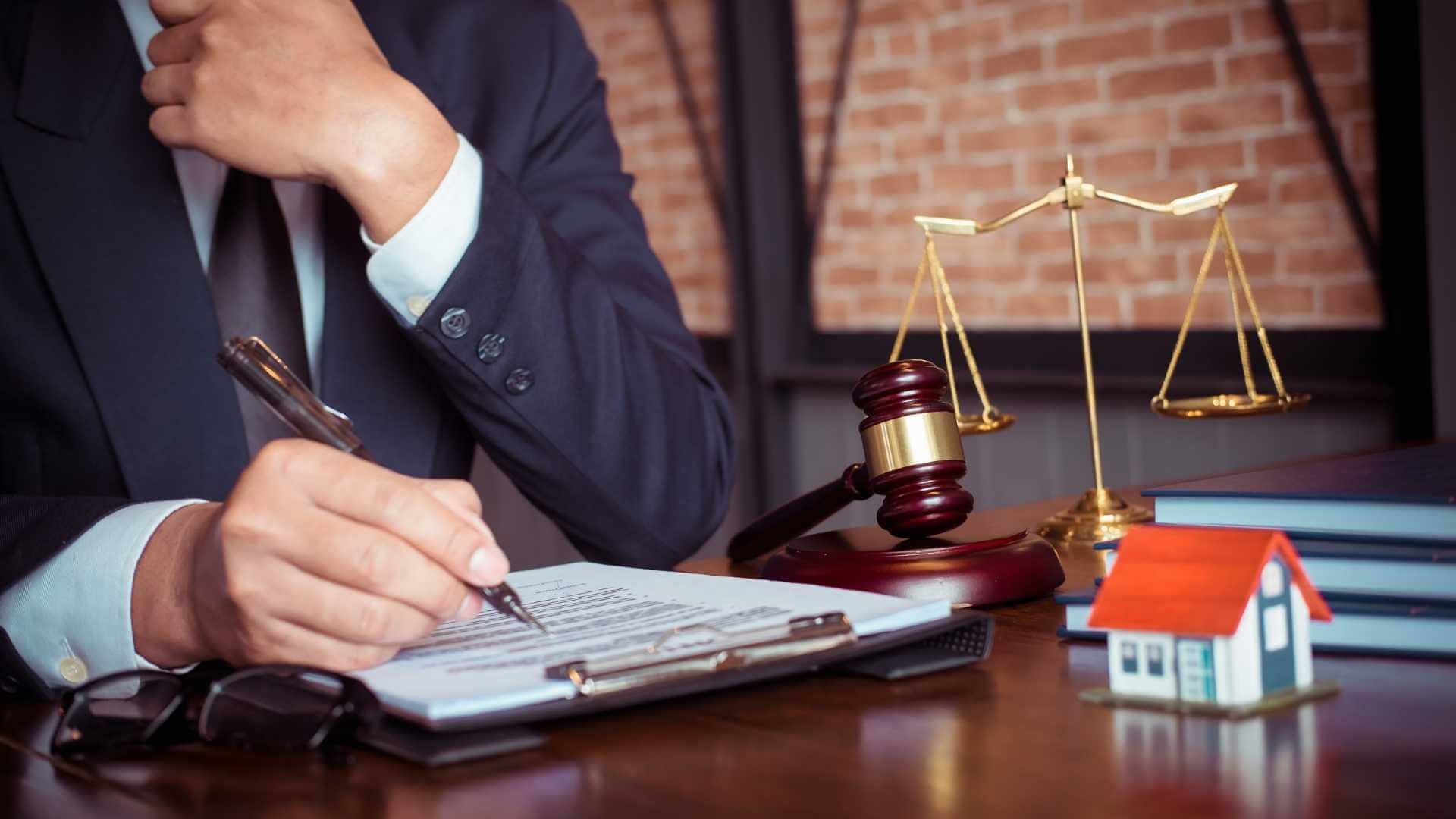
4. Cost of Rent and Its Due Date
Another important detail that should be included in the rental or lease agreement is the amount of the rent and when it is due. You should also specify how it should be paid. For instance, you can indicate that tenants should issue a check to pay the rent, or you can state the bank account number in which tenants should deposit their rent payments. If you have any authorized representatives to collect the rent payments, make sure to include their names in the agreement.
To avoid any issues regarding rent collection, you also have to state the consequences in case tenants fail to pay the rent on time. Indicate the number of penalties for late payments, and make sure to add in detail the legal process in case tenants miss a payment.
5. Repair and Maintenance Process
Both landlords and tenants have shared responsibilities in maintaining the upkeep of a rental property. To avoid any disputes and to set clear expectations for both parties, the rental or lease agreement should include the duties and responsibilities of both landlords and tenants.
Tenants should keep the rental property clean and sanitary at all times, and they are required to report any maintenance issues as soon as possible. Also, any damage that is outside the
normal wear and tear should be covered by the tenants. The rental agreement should also include any restrictions for tenant-initiated alterations.
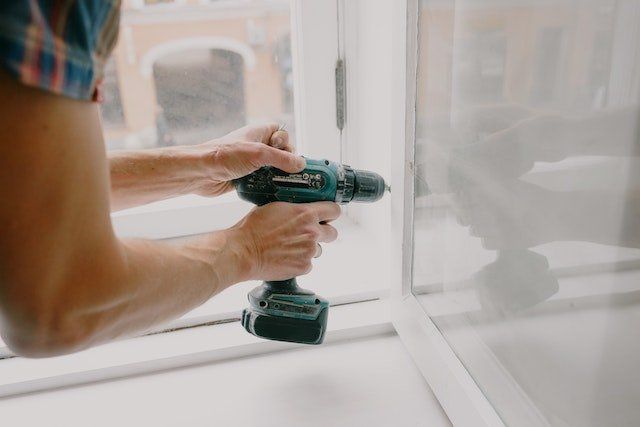
As a landlord, it is your responsibility to keep the property in its best condition. You should include the inspection schedule in the agreement, as well as the timeframe for which you will address repair and maintenance requests.
6. Security Deposits and Other Fees
In most states, landlords are allowed to ask tenants for security deposits. Make sure to check the landlord-tenant law in your area so that you can include the mandatory disclosures regarding the security deposit. For example, you may need to include information on the bank or financial institution where the security deposit will be held.
You should also indicate how you will use the security deposit. For example, landlords can deduct
any property damage that is beyond normal wear and tear from the security deposit. Security deposits are also typically used to cover unpaid utilities upon the end of the tenancy. If you charge any legal non-refundable fees, you also need to include them in your rental or lease agreement.
7. Landlord’s Right to Enter the Property
Typically, a landlord has the right to enter the property for inspections and during emergencies. Indicate the schedule of inspections in the lease and make sure that this is agreeable to all parties. You can also include other reasons for entry, such as for repairs.
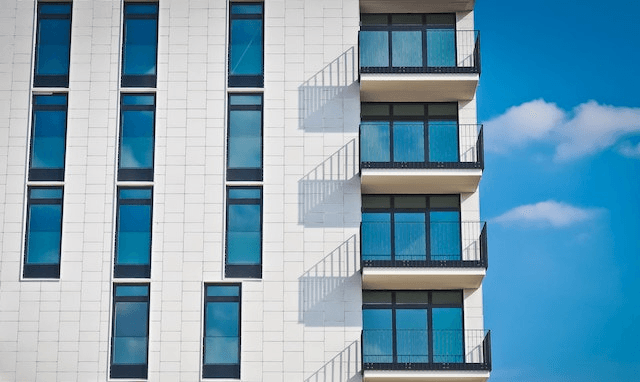
8. Other Restrictions
The rental agreement should also indicate all other restrictions, including whether or not they are allowed to have pets on the property, parking restrictions, and any restricted activities like parties. You may also limit the types of businesses tenants may operate from home. In general, just make sure that any restrictions you include stay in compliance with the landlord-tenant law, Fair Housing Act, and local ordinances.
Conclusion
If you don’t want to worry about creating leases yourself, contact the experts at
MTD Property Management. We take care of creating and upholding leases, and are knowledgeable about local laws. We make owning a rental property easier!
